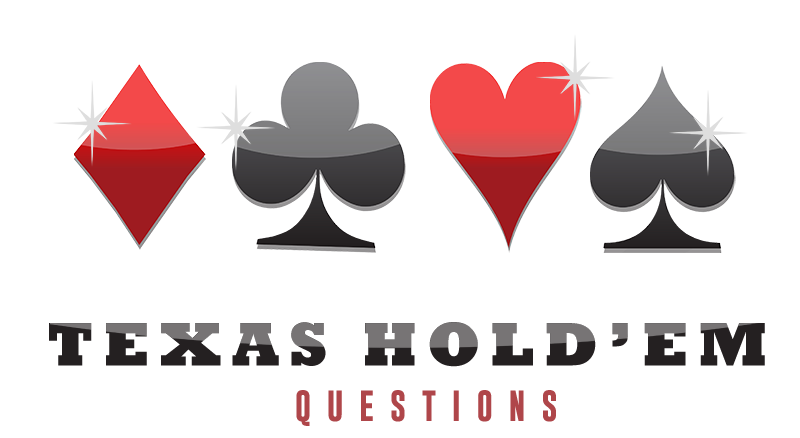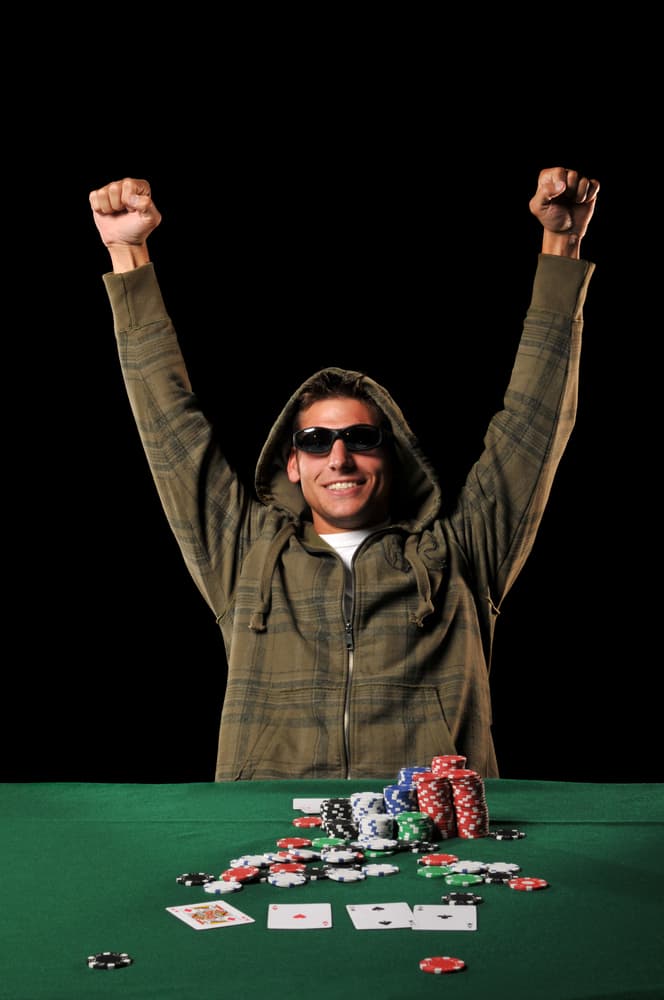How are you perceived at the poker table? Do you know or care? You should, because your image is an important factor when playing poker. Whether it’s trying to get a bluff through or getting paid off, your poker table image will be taking into account by your opponents.
Everyone has an image they are projecting at the poker table, whether they know it or not. Within an hour or so of playing, a strong and experienced player will already have tagged the majority of the table, almost entirely based on how they have played and appeared.
It doesn’t matter if you’re playing online or in a live cardroom, you are showcasing an image to your opponents based on how you play. It may seem more evident in a live setting but your poker stats are visible online too.
In this article, we will look at four common table images poker players project.
Loosey Goose Image
This is just a bad player. It is similar to a loose image, however, a loose player can still be a strong player. Where a loose player is involved in lots of pots and trying bluff, a fish/donkey is just playing bad poker. This image is not desirable as it a strong player will target you all day long. It is not in your interest to get into personal battles or be known as the worst player at the table. There’s a big difference between a loosey goose and a decent LAG poker player.
Tight Nitty Image
This is the player folding, hand after hand, round after round. They are patiently waiting for the premium hands to come along. How these players think they will get paid is beyond me. But in low stakes online and great games live, they do! The benefit of having a nitty image is if you have the ability to change gears; you can pull off many bluffs (against the right opponents). The reason is simple, if you have folded for 2 hours and now 3 bet, your opponents will give you credit – and rightly so.
Fishy/Donkey Image
This is just a bad player. It is similar to a loose image, however, a loose player can still be a strong player. Where a loose player is involved in lots of pots and trying bluff, a fish/donkey is just playing bad poker. This image is not desirable as it a strong player will target you all day long. It is not in your interest to get into personal battles and be known as the worst player at the table.
Fishes are likely to be playing too many hands, not respecting position and paying off value bets all over the place. These are the players that help you earn a good win rate in poker.
Professional
On the face of it, having the image of a professional seems great. People respect you and how you play right? Ironically, this isn’t the most desirable image as people will try to stay out of pots with you. Getting paid can be more challenging. Opponents often want to impress you and will potentially fold big hands or try bluffs on you. If you’re on your A game and pick up on this, it’s fine, but the fact is, you won’t always be and you can be in a pickle sizing your opponent up.
Tips to Improve your Table Image
Change up your style, don’t be predictable and be confined to one image. It’s important to be difficult to read and cause confusion for your opponents. Soon as they know how you play; you’ve lost the battle. It’s best to be aware of your current image and shift to another and exploit your existing image. This takes a lot of practice but it is essentially what the best players are regularly doing. They know you saw them pull off a bluff 5 minutes ago and have gone into lock-down for 10 minutes. You need to do likewise to be a big winner at poker.
I hope you found this article useful. Please contact us if you are interested in knowing more about table image. We can help you understand how to use it to your advantage. If this is something you’re interested in, why not try a hand history review session with us? Fill in your details below and will be in touch.
Hand History Review Session
This article was originally published in January 2020 and has been updated.
Image Source: Unsplash



